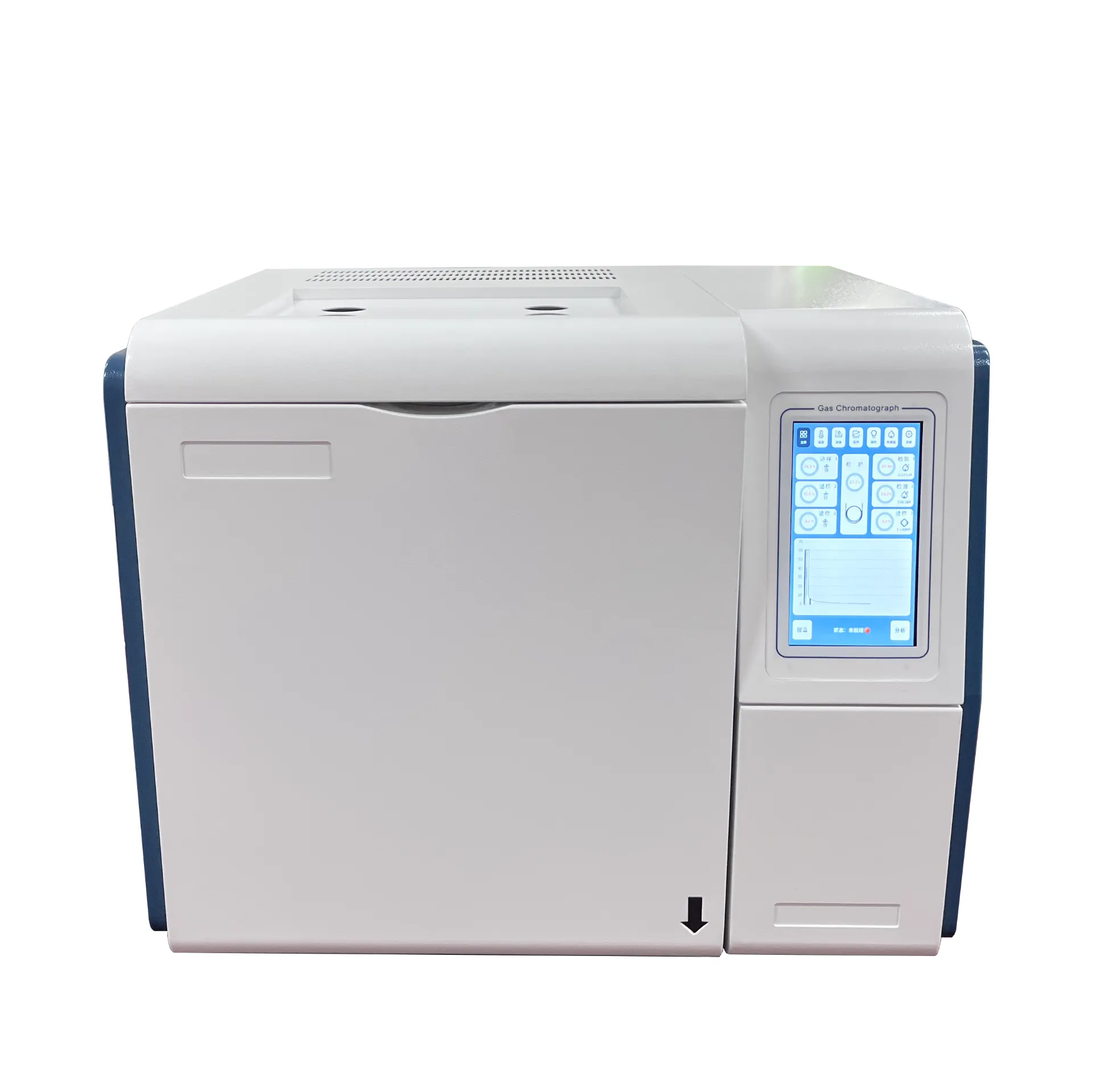 English
English



-
 Afrikaans
Afrikaans -
 Albanian
Albanian -
 Amharic
Amharic -
 Arabic
Arabic -
 Armenian
Armenian -
 Azerbaijani
Azerbaijani -
 Basque
Basque -
 Belarusian
Belarusian -
 Bengali
Bengali -
 Bosnian
Bosnian -
 Bulgarian
Bulgarian -
 Catalan
Catalan -
 Cebuano
Cebuano -
 China
China -
 China (Taiwan)
China (Taiwan) -
 Corsican
Corsican -
 Croatian
Croatian -
 Czech
Czech -
 Danish
Danish -
 Dutch
Dutch -
 English
English -
 Esperanto
Esperanto -
 Estonian
Estonian -
 Finnish
Finnish -
 French
French -
 Frisian
Frisian -
 Galician
Galician -
 Georgian
Georgian -
 German
German -
 Greek
Greek -
 Gujarati
Gujarati -
 Haitian Creole
Haitian Creole -
 hausa
hausa -
 hawaiian
hawaiian -
 Hebrew
Hebrew -
 Hindi
Hindi -
 Miao
Miao -
 Hungarian
Hungarian -
 Icelandic
Icelandic -
 igbo
igbo -
 Indonesian
Indonesian -
 irish
irish -
 Italian
Italian -
 Japanese
Japanese -
 Javanese
Javanese -
 Kannada
Kannada -
 kazakh
kazakh -
 Khmer
Khmer -
 Rwandese
Rwandese -
 Korean
Korean -
 Kurdish
Kurdish -
 Kyrgyz
Kyrgyz -
 Lao
Lao -
 Latin
Latin -
 Latvian
Latvian -
 Lithuanian
Lithuanian -
 Luxembourgish
Luxembourgish -
 Macedonian
Macedonian -
 Malgashi
Malgashi -
 Malay
Malay -
 Malayalam
Malayalam -
 Maltese
Maltese -
 Maori
Maori -
 Marathi
Marathi -
 Mongolian
Mongolian -
 Myanmar
Myanmar -
 Nepali
Nepali -
 Norwegian
Norwegian -
 Norwegian
Norwegian -
 Occitan
Occitan -
 Pashto
Pashto -
 Persian
Persian -
 Polish
Polish -
 Portuguese
Portuguese -
 Punjabi
Punjabi -
 Romanian
Romanian -
 Russian
Russian -
 Samoan
Samoan -
 Scottish Gaelic
Scottish Gaelic -
 Serbian
Serbian -
 Sesotho
Sesotho -
 Shona
Shona -
 Sindhi
Sindhi -
 Sinhala
Sinhala -
 Slovak
Slovak -
 Slovenian
Slovenian -
 Somali
Somali -
 Spanish
Spanish -
 Sundanese
Sundanese -
 Swahili
Swahili -
 Swedish
Swedish -
 Tagalog
Tagalog -
 Tajik
Tajik -
 Tamil
Tamil -
 Tatar
Tatar -
 Telugu
Telugu -
 Thai
Thai -
 Turkish
Turkish -
 Turkmen
Turkmen -
 Ukrainian
Ukrainian -
 Urdu
Urdu -
 Uighur
Uighur -
 Uzbek
Uzbek -
 Vietnamese
Vietnamese -
 Welsh
Welsh -
 Bantu
Bantu -
 Yiddish
Yiddish -
 Yoruba
Yoruba -
 Zulu
Zulu
Transformer Efficiency Assessment Through No-Load and Short-Circuit Testing Methods
No-Load and Short-Circuit Tests of Transformers
Transformers are essential components in electrical power systems, facilitating the efficient transmission and distribution of electrical energy. To evaluate the performance and operational characteristics of transformers, engineers conduct various tests, among which the no-load test and short-circuit test are fundamental. These tests not only help in determining the efficiency of transformers but also ensure their safety and reliability in energy transfer.
No-Load Test
The no-load test, also known as the open-circuit test, is performed to measure the core losses of the transformer, which primarily consist of hysteresis and eddy current losses during operation without any load connected. This test is typically conducted on the high-voltage side of the transformer, where one side is left open.
During this test, an AC voltage is applied to the primary winding while the secondary winding is left open. The applied voltage, current, and power are measured. The power measured reflects the no-load losses in the transformer. These are essential for calculating the transformer's efficiency and understanding its operational characteristics.
The no-load current, which is relatively small compared to the full-load current, primarily represents the loss components due to magnetizing. By comparing the voltage, current, and power factor, one can derive important parameters such as the core loss (which includes both hysteresis and eddy current losses), the primary impedance, and the magnetizing reactance of the transformer. This information is critical for the design and operational evaluation of transformers.
Short-Circuit Test
no load and short circuit test of transformer

Conversely, the short-circuit test is designed to determine the copper losses (also known as winding losses) of the transformer. To conduct this test, one winding (usually the low-voltage side) is short-circuited, and a voltage is then applied to the other winding to circulate rated current through the transformer.
The voltage applied during the short-circuit test is significantly lower than the rated voltage because the impedance is low when the windings are shorted. During this test, the current, voltage, and power are measured to ascertain the copper losses when the transformer operates close to its rated load.
From the measured values, one can calculate the equivalent resistance and reactance of the transformer. This data can then be used in further calculations regarding short-circuit currents, voltage drop under load, and the overall efficiency of the transformer under various operating conditions.
Importance of Tests
The no-load and short-circuit tests are crucial for various reasons. Firstly, they allow engineers to understand the operational behavior of transformers and how they will perform under different loading conditions. These tests help in predicting potential losses, efficiency ratings, and performance limits.
Moreover, these tests are standard practices in transformer manufacturing and maintenance. They help manufacturers ensure that transformers meet the required specifications before being deployed in the field. Additionally, regular testing can alert operators to any issues that may arise due to aging, wear, or electrical faults, enabling timely maintenance and improving reliability.
In conclusion, the no-load and short-circuit tests are indispensable tools in transformer technology. These tests provide insights into the core and copper losses, efficiency, and operational limits of transformers, ensuring their optimal performance in electrical systems. By understanding the outcomes of these tests, engineers can enhance transformer design, contribute to more reliable electrical systems, and ultimately improve energy efficiency in power distribution networks.
-
Ensuring SF₆ Gas Safety: Introducing PUSH’s Integrated SF₆ Analyzer for Dew Point, Purity, and Decomposition MonitoringNewsJul.10,2025
-
Exploring the Main Types of Industrial Endoscopes and Their Applications Across IndustriesNewsJul.04,2025
-
Testing Equipment Industry Sees Major Advancements in 2025: Smart & Precision Technologies Lead the WayNewsJun.06,2025
-
Applications of Direct Current Generators in Renewable Energy SystemsNewsJun.05,2025
-
Hipot Tester Calibration and Accuracy GuidelinesNewsJun.05,2025
-
Digital Circuit Breaker Analyzer Features and BenefitsNewsJun.05,2025



